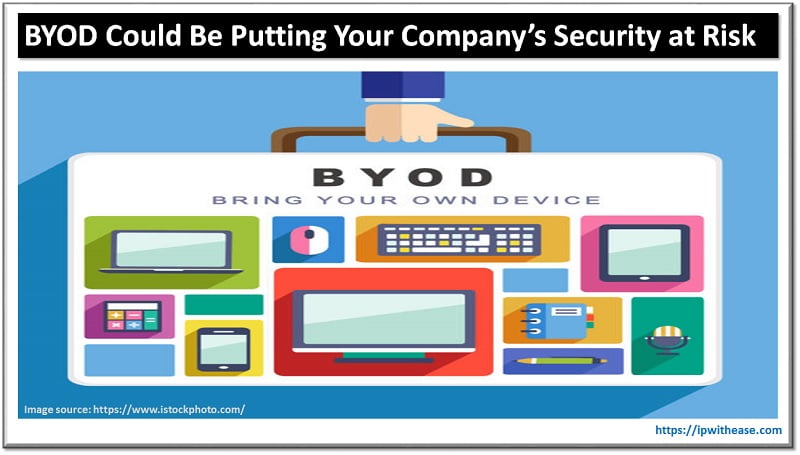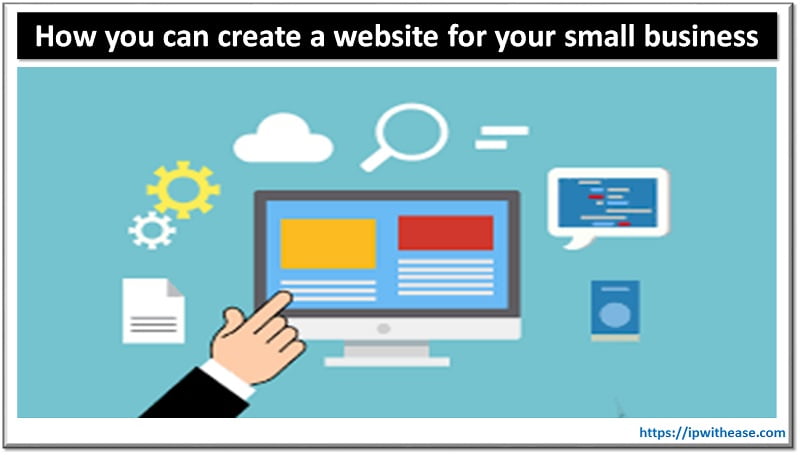Table of Contents
If you’re running a hybrid IT environment, chances are you already know things can get messy. You’ve got one foot in the cloud and the other on-prem, juggling tools that don’t always talk to each other smoothly. It may feel like your identity systems are under control, but there are plenty of hidden risks that could be slipping through the cracks.
Let’s walk through some common identity threats that don’t get enough attention. You might be surprised at what you’re missing.
Common Identity Threats

Conditional Access Misconfigurations Can Leave You Exposed
Conditional access policies are supposed to help you enforce the right security rules based on factors like location, device, and user role. But, in a hybrid setup, these policies can quickly become a weak link.
For example, your on-prem Active Directory (AD) might be in sync with Entra ID (formerly Azure AD), but not everything syncs as expected. A conditional access rule might apply in one environment but not the other. That means users may still have access even after their permissions were supposedly revoked.
Even worse, if an attacker manages to delete or modify your conditional access policies, you might not even notice until it’s too late. That’s where having a plan for Entra ID protection really matters. Some solutions let you back up and recover your Entra ID resources, including those policies. That way, if something gets wiped or changed, you’re not stuck rebuilding from scratch.
Related: Shadow IT vs Insider Threat
Orphaned Accounts Are Easy to Miss
Orphaned accounts are a common issue in hybrid environments. These are user accounts that stick around long after the person has left the company or moved to a different role. Maybe the account was deactivated in one system but still active in the other.
When these accounts get overlooked, they become easy targets for attackers. Even worse, some may still have elevated access.
Cleaning up unused or duplicate accounts should be part of your regular maintenance. Don’t just check who’s logging in; check who can. The fewer unused accounts in your environment, the fewer ways attackers can sneak in unnoticed.
Privileges Don’t Always Match Up
One of the biggest risks in identity security is inconsistent permissions. In a hybrid environment, a user might have one level of access in your on-prem directory and a totally different one in the cloud.
It’s easy for these mismatches to slip through. A user could be promoted, moved, or change departments and their access never gets updated across both systems. This kind of mistake could give someone more privileges than they should have; or worse, leave access in place even when it’s no longer needed.
Make it a habit to compare user roles across systems. Align your access controls, and avoid giving broad privileges unless absolutely necessary.
Sync Delays and Errors Create Blind Spots
Syncing between identity systems doesn’t always work as expected. A user might be disabled in one system but stay active in another due to a sync delay or technical glitch. Those small issues can lead to big risks.
When your directory systems aren’t perfectly in sync, attackers might take advantage of the delay. That’s why it’s important to monitor sync processes and get alerts for failures. Spot-checking your directories from time to time also helps catch things that fall through the cracks.
Third-Party Apps Widen the Attack Surface
Most hybrid IT setups include third-party tools, HR platforms, collaboration apps, identity providers, and more. These tools are helpful, but they also introduce risk by adding up to attack surface. If they’re connected to your directory systems, they might hold the keys to sensitive data or controls.
The problem is that many teams forget to review what access these tools have. Some apps are granted way more permissions than they need. Others never get removed, even after they’re no longer used.
Audit your third-party connections regularly. Remove what you don’t need, and make sure the remaining apps follow the principle of least privilege.
There’s No Clear Recovery Plan in Place
It’s easy to focus on stopping attacks, but recovery often gets overlooked. What happens if your identity system goes down or gets compromised? Can you bring it back quickly?
In hybrid environments, a failure in identity services can shut down access to almost everything – apps, files, email, and even basic logins. Yet many teams haven’t tested their recovery plans or don’t have clear steps to follow.
A working recovery strategy should include backups, restoration tools, and documented procedures. Practice it like you would a fire drill. The faster you can restore access, the less downtime your team will face.
Default Settings Are Still Active
When systems are first set up, they come with default settings. These are meant to work out of the box, but they’re not designed for security. Unfortunately, many organizations never get around to changing them. That includes basic password rules, outdated protocols, and open authentication methods that are easy to exploit.
If you haven’t reviewed your identity settings recently, now’s the time. Look for anything that still runs on legacy protocols. Update your password and lockout policies. Turn off what you don’t need.
Your Monitoring Tools Don’t Cover Everything
Most organizations use monitoring software to keep an eye on activity. But, in hybrid environments, coverage gaps are common. A tool might track what’s happening in your on-prem directory but miss what’s going on in the cloud or vice versa.
That means unusual behavior, login attempts, or permission changes could happen without any alerts. It’s not that your team isn’t watching, it’s that the tools can’t see the whole picture.
When reviewing monitoring tools, check if they cover your full environment. Choose options that let you view both cloud and on-prem activity in one place. Unified visibility helps you respond faster when something seems off.
Hybrid IT environments offer flexibility and power, but they also come with unique challenges. Identity systems are often the first line of defense, and the first thing attackers target.
You don’t need to change everything overnight. Start with awareness. Understand where the gaps are. Review your access policies, account lifecycle processes, and recovery plans. Make sure your tools give you the visibility you need.
The more proactive you are with identity security, the fewer surprises you’ll face down the road.
ABOUT THE AUTHOR
IPwithease is aimed at sharing knowledge across varied domains like Network, Security, Virtualization, Software, Wireless, etc.



